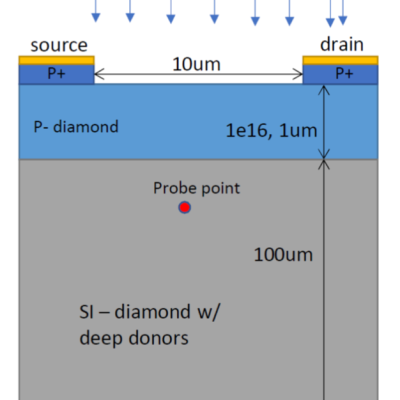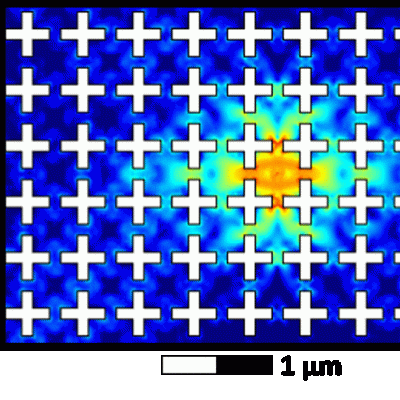LLNL researchers have developed a TDLAS-based, standalone, real-time gas analyzer in a small form-factor for continuous or single-point monitoring. The system can analyze multiple gases with ultra-high sensitivity (ppm detection levels) in harsh conditions when utilizing wavelength-modulation spectroscopy (WMS).
Keywords
- (-) Show all (77)
- Sensors (14)
- Electric Grid (7)
- Carbon Utilization (6)
- Data Science (5)
- Additive Manufacturing (4)
- Cybersecurity (4)
- Ground Penetrating Radar (4)
- Imaging Systems (4)
- Materials for Energy Products (4)
- 3D Printing (3)
- Defense Technologies (3)
- Direct Air Capture (3)
- Analysis (2)
- Computing (2)
- High Explosives (2)
- Inertial Fusion Energy (IFE) (2)
- National Security Forensics (2)
- Power Electronics (2)
- Simulation (2)
- Synthesis and Processing (2)

LLNL’s novel approach is to use diamond substrates with the desired donor (nitrogen) and acceptor (boron) impurities. In order to optically activate these deep impurities, the invention requires at least one externally or internally integrated light source. The initial exposure to light can set up the desired conduction current, after which the light source could be turned…

LLNL has developed a method of extending device lifetimes by imprinting into the device a shape that excludes specific vibrational modes, otherwise known as a phononic bandgap. Eliminating these modes prevents one of the primary energy loss pathways in these devices. LLNL’s new method enhances the coherence of superconducting circuits by introducing a phononic bandgap around the system’s…


